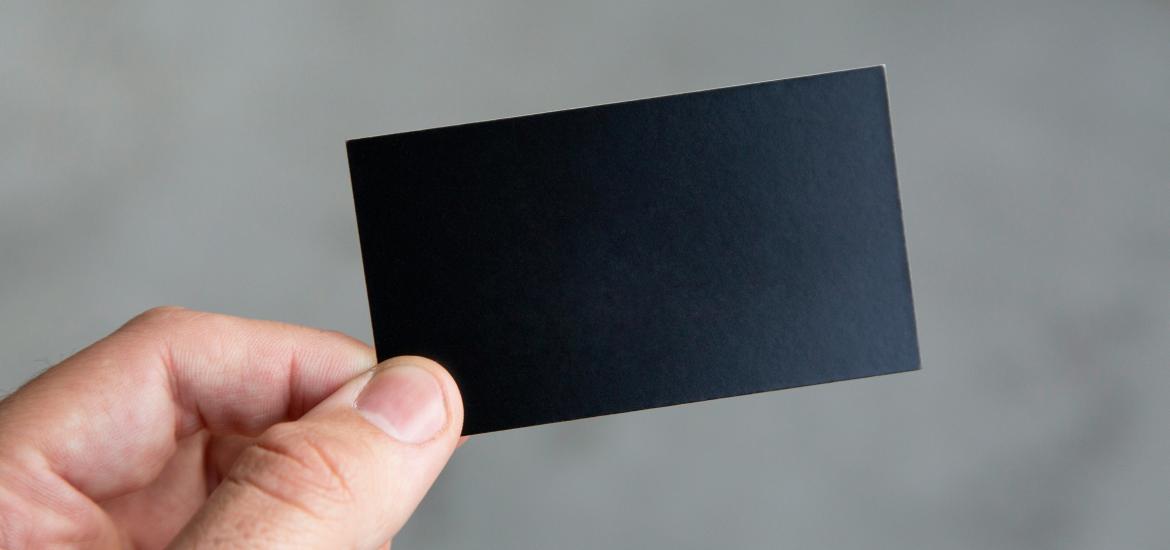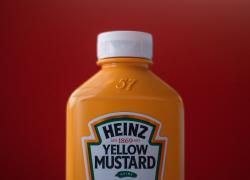
ALX plays the conjugate card
Could a new ADC project distract attention away from evorpacept?
Could a new ADC project distract attention away from evorpacept?

Having recently resurrected evorpacept ALX isn't about to give up on this troubled CD47 inhibitor, but at least it's now putting together a plan B should things fall apart. That plan involves the company becoming an ADC player, a strategy centred on the just revealed preclinical molecule ALX2004, which targets EGFR.
ALX points out that there are no approved anti-EGFR ADCs, and that only one clinical-stage ADC is akin to ALX2004 in using a topoisomerase 1 inhibitor payload – a claim backed up by OncologyPipeline. On Thursday ALX reported 2024 year-end cash of $131m, and a 30% cut to its workforce should help this last to the end of 2026, notably after ALX2004 could deliver first efficacy data.
Investors responded positively, pushing ALX stock up 25%, but in staking its future on EGFR ALX is playing a risky game; using ADCs to hit this protein has yielded numerous failures. In contrast, mutated EGFR is a popular target for small molecules, and marketed naked antibodies that hit the wild-type protein that is overexpressed in some cancers include Erbitux, Vectibix and Rybrevant.
The biggest disappointments to this field have featured AbbVie, which has discontinued no fewer than three clinical-stage anti-EGFR ADC projects, one of which, depatuxizumab mafodotin, had reached phase 3. However, none employed a topoisomerase inhibitor, and ALX suggests the use of tubulin-based ADCs as one reason for previous failures.
ScalmiBio connection
ALX2004, which hits a different EGFR epitope versus Erbitux and Vectibix, appears to have been derived from ALX's $6.5m acquisition of ScalmiBio in October 2021.
That move was primarily driven by ScalmiBio's conditional-activation technologies, which ALX wanted to access to design companion molecules for evorpacept, but it also included a panel of ScalmiBio payloads. A patent, filed by ScalmiBio and later assigned to ALX, claims ADC molecules binding to targets including EGFR.
The extent to which ALX2004 is based on this deal is important because the transaction called for up to $35m in future milestones, plus a low single-digit royalty on sales of "any products developed from the ScalmiBio acquired technology for a defined term", though ALX also had the option to buy out the latter obligation.
ALX2004 isn't ALX's first foray into ADCs; in 2021 the company tied up with Tallac Therapeutics to develop ALTA-002, a SIRPα-directed ADC that uses a TLR9 agonist payload. However, despite an IND having apparently been cleared last year, a clinical trial hasn't materialised, and while Tallac continues to list ALTA-002 in its R&D pipeline the project has dropped off ALX's.
Bold claims
Among the bold claims ALX has already made about ALX2004 are that it has better bystander activity than Daiichi Sankyo's deruxtecan-based ADCs, and a better linker. ALX2004 uses a drug-to-antibody ratio of eight.
ALX, which promises to file an IND by the end of this month, says its plan is to test ALX2004 in EGFR-expressing solid tumours. Safety data from this study are expected in the first half of next year, and presumably the first signs of efficacy will emerge soon after that.
As far as the competition goes, OncologyPipeline reveals two anti-EGFR ADCs that could deliver phase 3 data this year. One of these is Rakuten's cetuximab sarotalocan, which uses the same MAb as Erbitux paired with IR700, a fluorescent dye payload, and is more akin to a photoimmunotherapy than a classic ADC.
The sole clinical-stage ADC with a topoisomerase 1 inhibitor payload is CSPC's CPO301, in phase 1/2. Also not to be ignored is izalontamab brengitecan, the ADC Bristol Myers Squibb licensed from SystImmune for $800m. That asset is in an extensive phase 3 programme, but hits HER3 as well as EGFR.
Anti-EGFR* ADC projects
| Project | Payload | Company | Status |
|---|---|---|---|
| Cetuximab sarotalocan | IR700 dye | Rakuten Medical | Ph3 Luzera-301 trial in 3rd-line head & neck cancer, reads out H2 2025 |
| MRG003 | MMAE, auristatin | Lepu Biopharma | Ph3 trial in 3rd-line head & neck cancer, reads out H2 2025 |
| CPO301/ SYS6010 | Topoisomerase 1 inhibitor | CSPC Pharmaceutical | Ph1/2, +/- SYH2051 (ATM inhibitor) |
| BB-1705 | Eribulin (Eisai tech) | Bliss Biopharmaceutical | Ph1 in solid tumours |
| DXC004A | Tubulin inhibitor | Hangzhou DAC | Ph1 in solid tumours |
| ALX2004 | Topoisomerase 1 inhibitor | ALX Oncology | Preclinical, IND filing due Q1 2025 |
| Undisclosed nanofitin conjugate | MMAE, auristatin | Affilogic | Preclinical |
| Cetuximab-(FGX16-11) | FGX8-46 | Femtogenix | Preclinical poster at AACR 2022 |
| PBX-003 | Topoisomerase 1 inhibitor | Pinotbio | Preclinical |
| SHR-A1307 | SHR152852, auristatin | Jiangsu HengRui | Preclinical |
| YL221 | Topoisomerase 1 inhibitor | MediLink | Preclinical |
| Depatuxizumab mafodotin | MMAF, auristatin | AbbVie | Discontinued in ph3 2019 |
| Losatuxizumab vedotin | MMAE, auristatin | AbbVie | Discontinued in ph1 |
| Serclutamab talirine (ABBV-321) | SGD-1882, talirine | AbbVie | Discontinued in ph1 |
| Laprituximab emtansine | DM1, maytansinoid | AbbVie (ex ImmunoGen) | Discontinued by ImmunoGen in ph1 |
Note: *excludes multispecific ADCs. Source: OncologyPipeline.
1389













